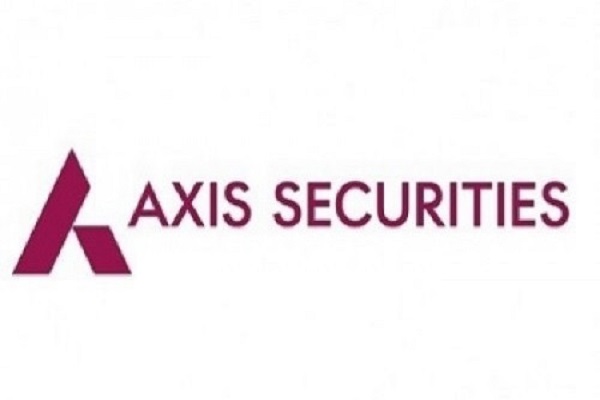Taj Mahal : The Eternal Symbol of Love and Architectural Majesty

The Taj Mahal, an iconic symbol of love and architectural brilliance, stands tall in the heart of Agra, India. This magnificent monument, built in the mid-17th century, continues to captivate the world with its unparalleled beauty and deep historical significance. Let's take a closer look at the Taj Mahal, a UNESCO World Heritage site, and explore the history and cultural importance that make it one of the Seven Wonders of the World.
The Love Story Behind the Taj Mahal
The Taj Mahal's history is intertwined with one of the most poignant love stories in Indian history. It was built by Emperor Shah Jahan in memory of his beloved wife, Mumtaz Mahal, who passed away during childbirth in 1631. Heartbroken by her death, Shah Jahan decided to construct a mausoleum that would reflect his eternal love for her. The Taj Mahal, as we see it today, is the result of this devotion and serves as a testament to the emperor's grief, love, and commitment.
Architectural Brilliance: A Fusion of Cultures
The Taj Mahal is an architectural masterpiece that blends multiple styles, including Persian, Ottoman Turkish, and Indian elements. Its design is based on symmetry, with the main mausoleum flanked by four minarets and surrounded by lush gardens, reflecting pools, and a large gateway. The white marble used to construct the Taj Mahal is inlaid with precious stones and features intricate carvings, making it a marvel of craftsmanship.
The structure's central dome is one of the most recognizable elements of the Taj Mahal, and its proportions are perfect, making it look visually harmonious from all angles. The mausoleum is surrounded by beautiful gardens, fountains, and a reflecting pool, contributing to its tranquil beauty.
Symbolism and Spirituality
The Taj Mahal is not just an architectural wonder; it holds significant spiritual and cultural symbolism. The white marble symbolizes purity and eternity, while the reflecting pool represents the journey from life to the afterlife. The symmetrical gardens, which are laid out in the traditional Persian style, symbolize paradise. The monument is designed to give visitors a sense of peace, reflection, and reverence, making it not just a tourist destination but a spiritual experience.
A Monument to Eternal Love
The Taj Mahal’s allure is not just about its stunning design; it is the story behind it that truly touches the heart. The monument stands as a symbol of Shah Jahan’s undying love for his wife, making it a place that inspires romanticism and emotion. It is said that Shah Jahan intended to build a second Taj Mahal, made of black marble, across the river Yamuna, as a final resting place for himself. However, after his death, he was buried beside Mumtaz Mahal in the Taj Mahal, where they rest together for eternity.
Taj Mahal: A Cultural Icon
The Taj Mahal's influence extends beyond India’s borders, captivating people from around the world. It is one of the most photographed monuments globally, a cultural icon that represents the beauty of India’s Mughal heritage. As a major tourist attraction, the Taj Mahal draws millions of visitors annually, who come not just for its beauty but also to experience the rich history it represents.
The Taj Mahal has inspired countless poets, writers, and artists, becoming a symbol of love, sacrifice, and the timeless bond between two souls. The monument continues to inspire creativity and emotion, with its grandeur serving as a reminder of the artistic brilliance of the Mughal era.
Preserving a Heritage
Over the years, the Taj Mahal has faced challenges such as pollution and the wear and tear of time. The Indian government, along with UNESCO, has undertaken several initiatives to preserve this historic monument. Efforts have been made to ensure the Taj Mahal’s preservation through periodic restoration and the implementation of environmental controls to protect it from air pollution.
Visiting the Taj Mahal: A Must-See Experience
A visit to the Taj Mahal is a once-in-a-lifetime experience that leaves a lasting impression. Visitors can explore the monument's stunning architecture, take a walk through the expansive gardens, and stand in awe of the intricate carvings and marble work. The Taj Mahal is especially breathtaking at sunrise and sunset, when the light creates an ethereal glow around the monument, casting a magical ambiance.
For those interested in learning more about the monument’s history and significance, guided tours are available, providing detailed insights into the architecture, symbolism, and legacy of the Taj Mahal.





.jpg)


















